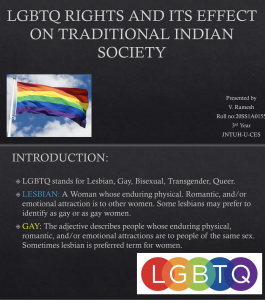LGBTQ Rights
Summary:
The note offers a comprehensive overview of LGBTQ rights, covering the historical, legal, and social dimensions that define this important civil rights issue. Initially, it provides context by tracing the history of LGBTQ rights movements, highlighting key events and figures that propelled the conversation into mainstream discourse. This sets the stage for discussing significant legal milestones, such as the legalization of same-sex marriage and the banning of discriminatory practices in employment, healthcare, and housing based on sexual orientation or gender identity.
However, the note also emphasizes the ongoing struggles faced by the LGBTQ community, even in the face of such legal progress. It points out that despite legislative advances, discrimination still exists in various sectors, often taking insidious forms that are difficult to challenge legally. Stigmatization, particularly in conservative or traditional communities, can result in psychological harm, lack of representation, and limited access to resources for LGBTQ individuals.
Furthermore, the note draws attention to the intersectionality within the LGBTQ rights movement, stressing that factors like race, class, and religion can compound the discrimination experienced by LGBTQ people. In this vein, it argues that advocacy for LGBTQ rights should not be viewed in isolation but rather in conjunction with other social justice movements. It encourages allies and members of the community to be cognizant of these intersecting identities in order to champion a more inclusive approach to civil rights.
Another critical aspect covered in the note is the role of education and awareness-raising as tools for change. It underscores the importance of comprehensive sexual education, mental health resources, and anti-bullying campaigns in schools to foster a more accepting and informed society. Moreover, it advocates for more LGBTQ representation in media, politics, and leadership roles, asserting that visibility is a crucial factor in normalizing and destigmatizing diverse sexual orientations and gender identities.
In conclusion, the note offers a multidimensional view of LGBTQ rights, identifying the progress that has been made while also highlighting the work that still needs to be done.
Excerpt:
LGBTQ Rights

LGBTQ Rights


Reviews